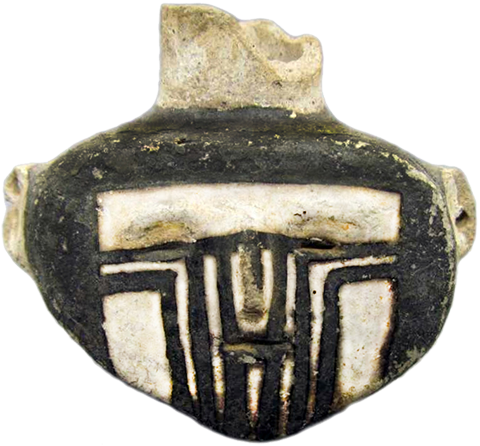

The goal of SPARC is to preserve, publish, and promote understanding of the ancient cultural center of Salmon Pueblo.
Salmon was a large pueblo and cultural center built around 1090 CE on the north bank of the San Juan River, 45 miles north of Chaco Canyon near the modern city of Farmington, New Mexico. Many Tribes and Nations claim ancestry to this place. It is known by other names in the numerous Indigenous languages of the Southwest though it is commonly referred to by the surname of colonial settler George Salmon who owned the site from the early 1890s until the mid-1950s. Today, the site is owned by San Juan County and preserved through the efforts of the San Juan County Museum Association, a non-profit organization. The Salmon Ruins Museum is open to the public.
This three-story, 275 room pueblo was the first major colony established by the Chacoan people and is one of the largest Chacoan communities found outside of Chaco Culture National Historical Park . Salmon pueblo was occupied until about 1280 CE when much of the site was burned and inhabitants migrated to other areas of the Southwest. Archaeologist Cynthia Irwin-Williams led a research program at Salmon Pueblo from 1970-1979 which generated 1.5 million artifacts, specimens and samples. It is the only Chacoan great house in the American Southwest to be comprehensively excavated in the last 40 years.
The Salmon Pueblo Archaeological Research Collection (SPARC) connects with and builds from the efforts of the Chaco Research Archive to enhance access to archaeological research on Chaco Canyon, New Mexico.